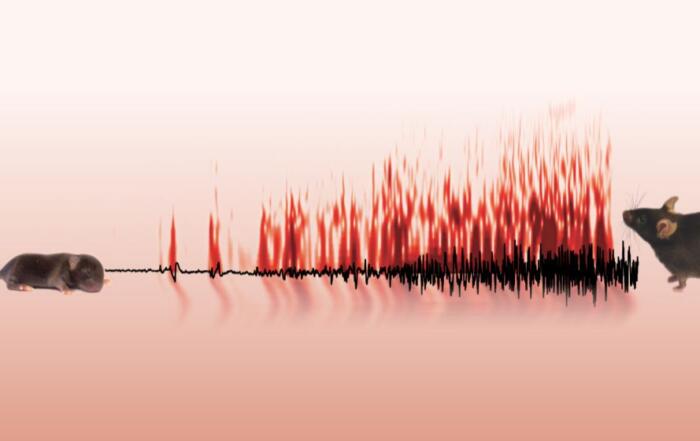
Airdate: Friday, March 10, 2023 Season: 10 Episode: 2
Guests: Marilena Hnida, Jastyn A. Pöpplau
This episode of #ExpertAnswers features Jastyn A. Pöpplau, PhD and Marilena Hnida, MSc. Jastyn is a postdoc and Marilena is a PhD Student in Ileana Hanganu-Opatz’ group at the Institute for Developmental Neurophysiology Center for Molecular Neurobiology at University Medical Center Hamburg-Eppendorf. They recently presented their research on prefrontal networks in developing head-fixed mice, and the role of these networks in cognition and models of neurodevelopmental diseases.
For more information or to watch the webinar, click here.
Associated Webinar: Developing Prefrontal Circuits and Their Role in Health and Disease
Similar Podcasts
#ExpertAnswers: Dennis Turner on the Metabolics of Dementia
Dennis Turner delves into dementia syndrome, the metabolic changes that occur, and the importance of proper physiological monitoring of animal models.
#ExpertAnswers: Ashley Walker on Alzheimer’s Disease
Ashley Walker discusses her research on the vascular contributions to late-onset Alzheimer’s disease.
#ExpertAnswers: Dale Abel on Aging Science
Dale Abel answers questions from a recent webinar that focuses on the mechanisms underlying heart failure in aging and diabetes.
Related Content
More Than What You Eat: The Regulation of Metabolic Health and Aging by Diet Composition and Activity
Join Dudley Lamming, PhD to learn how the specific composition of dietary protein and exercise influence metabolic health and aging.
New Horizons: Gonadotropin-Releasing Hormone and Cognition
Join Vincent Prevot, PhD as he dives into the development and establishment of the gonadotropin-releasing hormone (GnRH) system and the importance of its first postnatal activation.
Developing Prefrontal Circuits and Their Role in Health and Disease
In this webinar, Dr. Ileana Hanganu-Opatz, Dr. Jastyn A. Pöpplau, and Marilena Hnida discuss their research on prefrontal networks in developing head-fixed mice, and the role of these networks in cognition and models of neurodevelopmental diseases.










